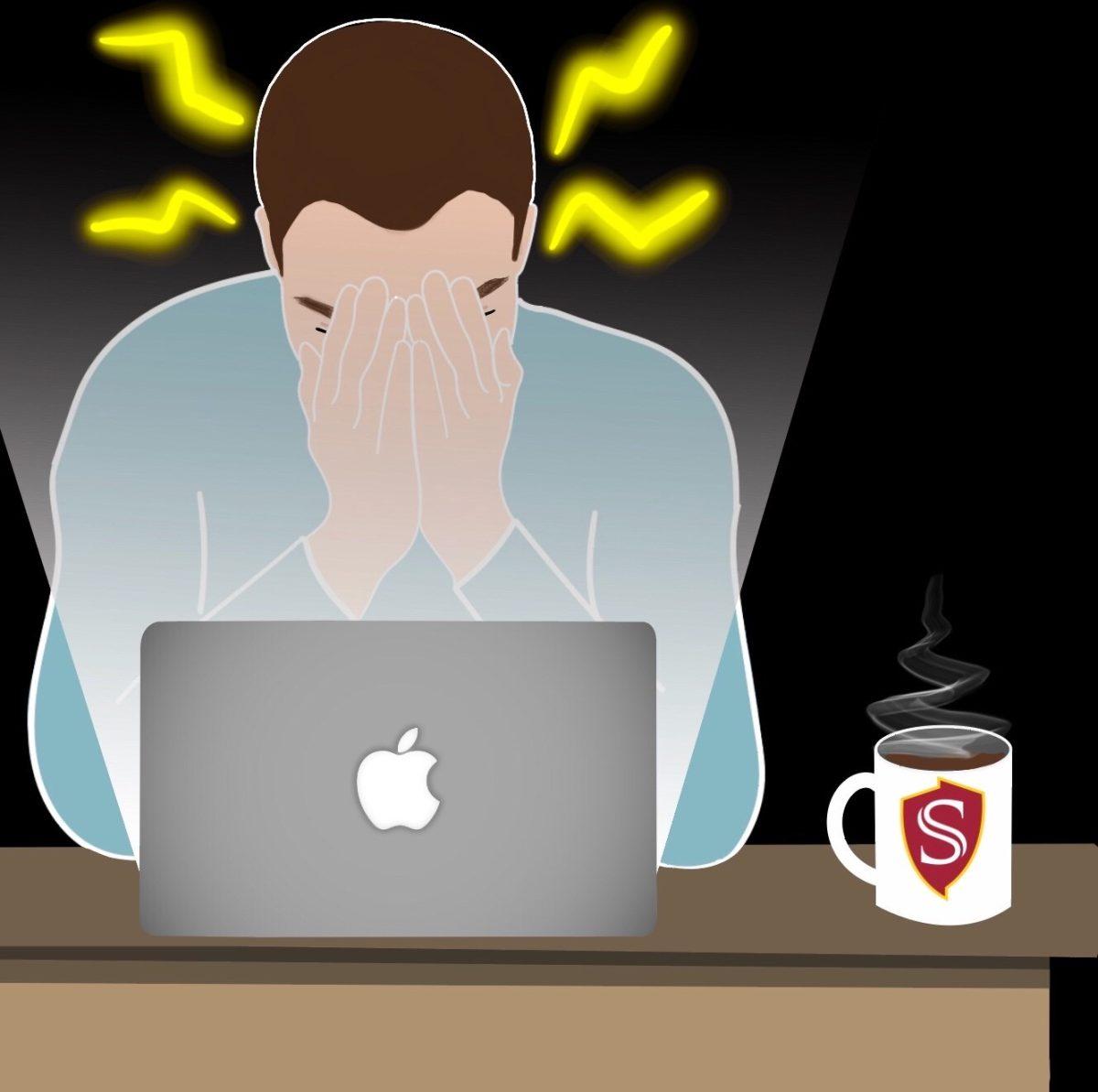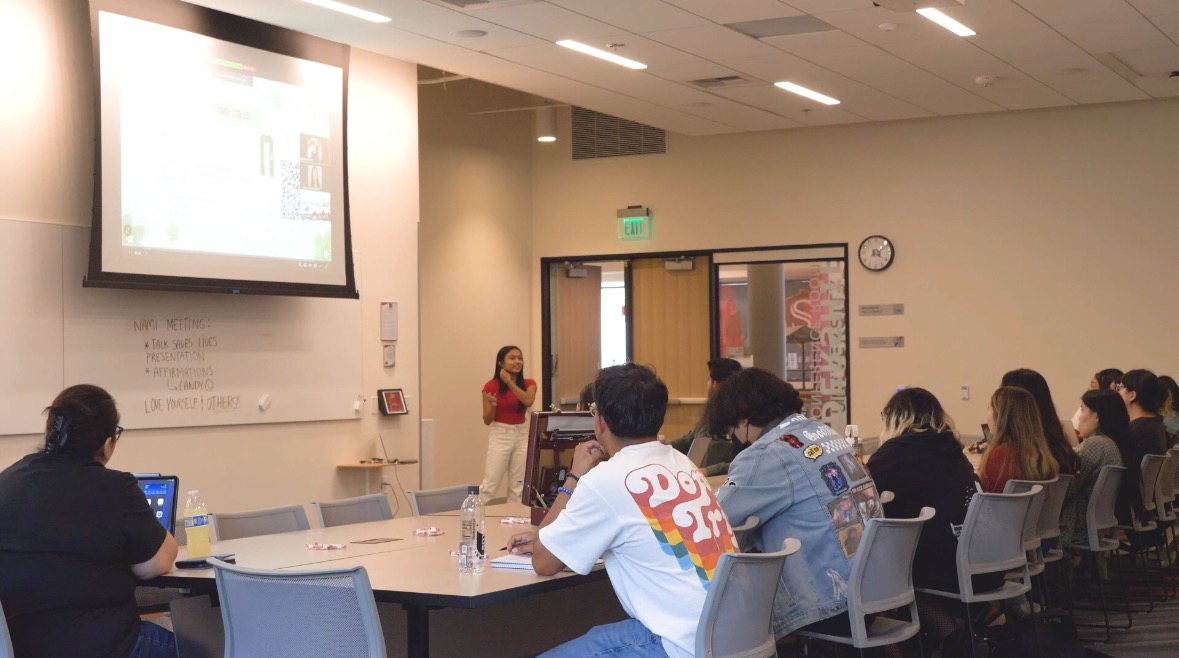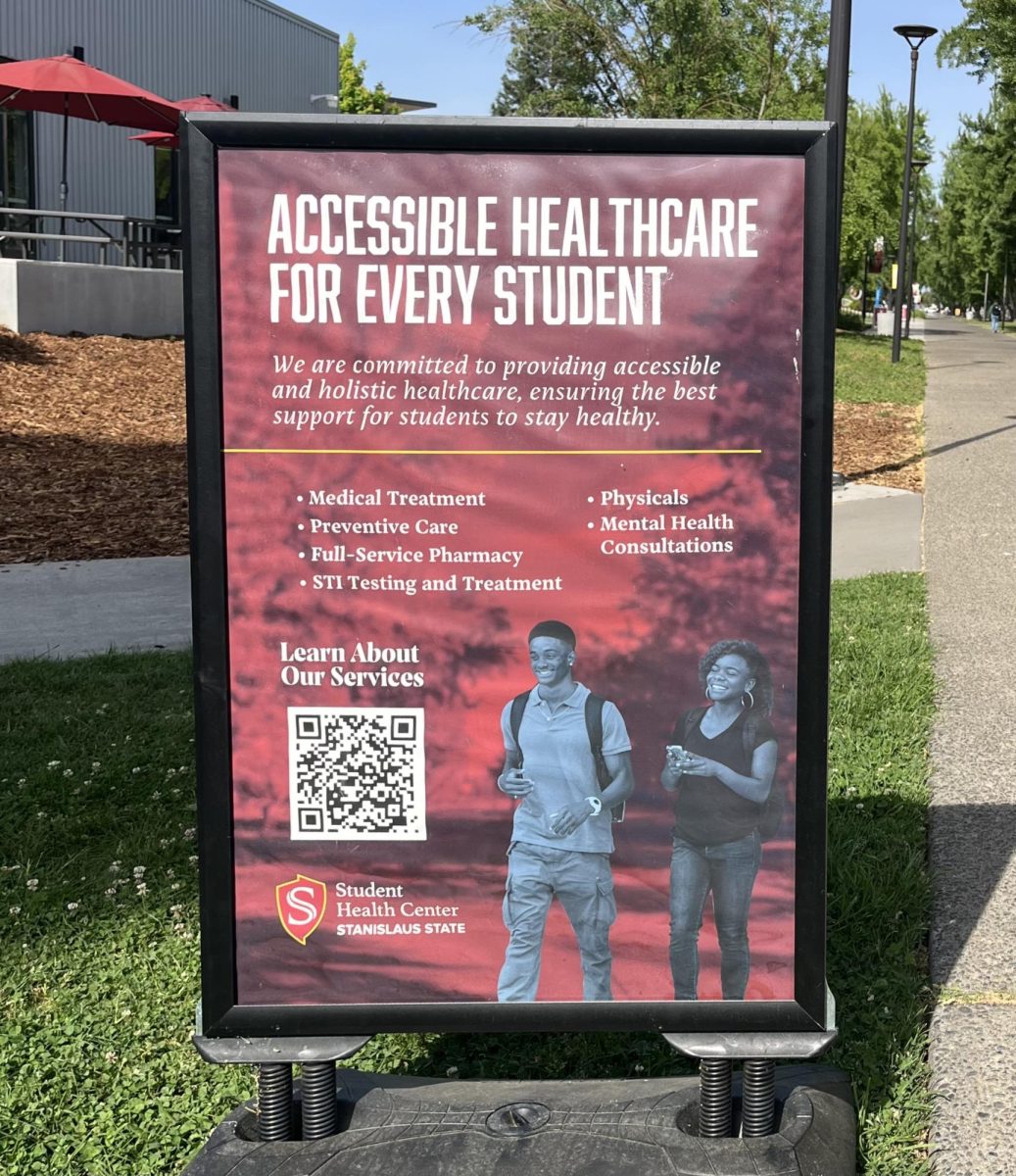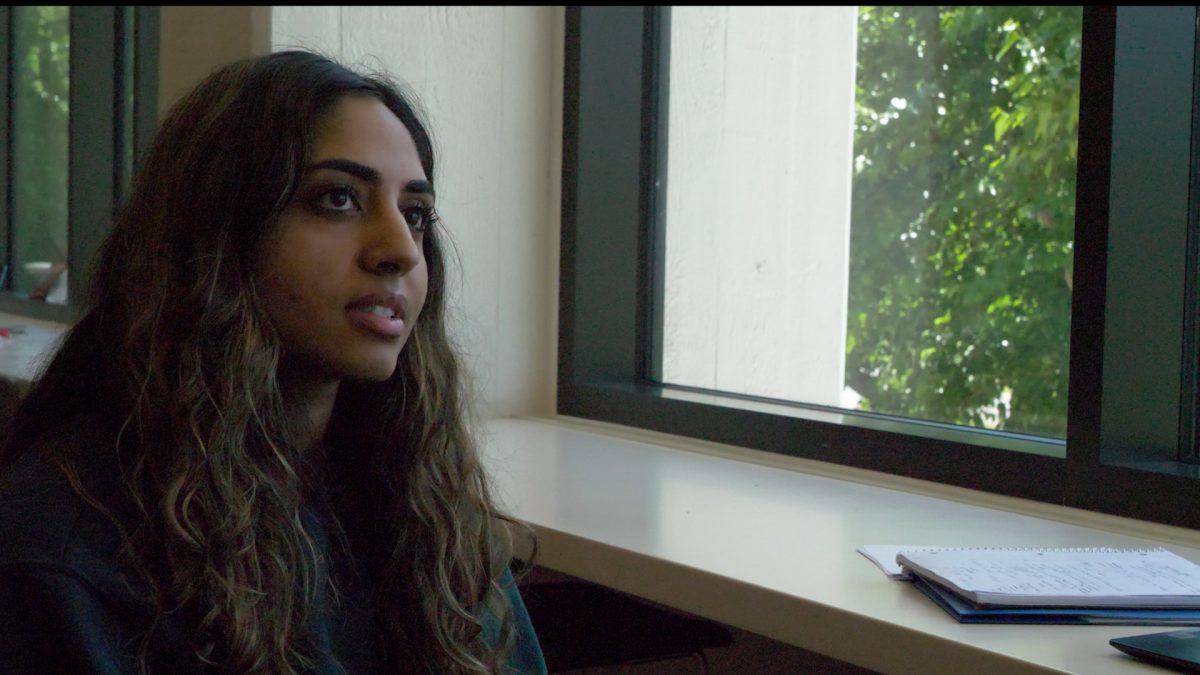As students continue to rely on technology to accomplish their tasks and classes, it is important for them to break away from technology once in a while in order to maintain a healthy lifestyle.
On April 29, Professor Dr. Peper from San Francisco State University presented tips and advice to students from different CSUs about handling their “tech stress.”
While in their Zoom sessions, students are likely to sit in front of the computer, cameras possibly turned off, and remain muted throughout the entirety of the session. In order to enhance their learning during these classes, Dr. Peper suggests that students try engaging in “animated Zoom class,” where students speak up more and participate actively during the Zoom session.
Wendy Andrade (junior, English) says that she finds the best way to stay focused and engaged in class is by responding to lectures, adding comments, and partaking in discussions.
Being more animated in class is bound to improve the learning experience during a session, whether it’s typing in the chat or discussing actively during the sessions.
Dr. Peper suggests one of the best ways to reduce tech stress is to turn off our phone notifications and set them aside. “Put your cellphones out of your visions.” The constant switch between our laptops and phones develops unhealthy habits and symptoms such as slouching and strained eyes. Additionally, the symptoms of Zoom fatigue (exhaustion after a Zoom meeting) are inevitable as students attend more and more sessions.
“I definitely experience Zoom fatigue. The fact that I can simply open a second window or do household chores while lectures are running are bad habits I certainly partake in, sometimes,” Andrade added.
Having multiple tabs opened at once and multitasking can be exhausting, especially when long hours are spent in front of the screen. Students may feel inclined to take care of many assignments at once. Despite this inclination, students are encouraged to take as many breaks as they can from their various screens.
During the event, students revealed a majority of their technology stress comes from constantly checking their emails and class mediums for assignments and meetings.
During the event, Dr. Peper held many polls and asked what symptoms students experience more when working online. A majority of the vote (71%) said they felt neck/shoulder discomfort and 69% said exhaustion.
“The answer is to ease up muscle tension,” suggested Dr. Peper. Getting up to move (while listening to music) energizes the students and gets their hearts pumping. After a long day of staring at the screen, students have a tendency to feel more exhausted, especially with little to no breaks in between.
As we work, we are unaware that we are potentially developing unhealthy behaviors that can carry over to when we are no longer required to spend as much time in the digital classroom. For students, it is important to address these behaviors before they become habits.
“It is lack of awareness,” Dr. Peper suggested. It is advised to pay attention to our surroundings and the way we sit near our laptops and computers, to ease up our tensed muscles if needed. Even the sitting position matters. Dr. Peper mentioned students hanging their heads down looking on their phones leads to slouching. When students slouch, their energy sinks.
Dr. Peper also directed the students on how to improve their mindset.
“If you feel low energy with negative thoughts, shift your position, breathe, and change your memory.”
It’s important to be more aware of our work environment, even our sitting position. Establishing a positive mindset while repositioning ourselves improves our state of mind and our energy.
Technology has become a 24/7 lifestyle for students during the pandemic. Due to these circumstances, unhealthy habits develop and increase stress.
Remembering to take breaks from the screens, getting up to move, loosening their muscles, and setting a positive mindset will improve the technology-based environment students continue to work with.







